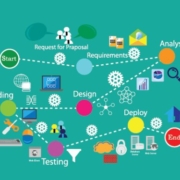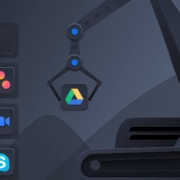Software Testing and Defect Life Cycle are like two brothers from the same mother. They always go hand in hand when a project is being developed in the organizational paradigm.
In this article, we will tell you all about the different stages of the Defect Life Cycle that the software testers go through to provide a seamless and bug-proof product to their customers. Also, there are some frequently asked questions provided in the article to let you know about the queries testers answer daily.











